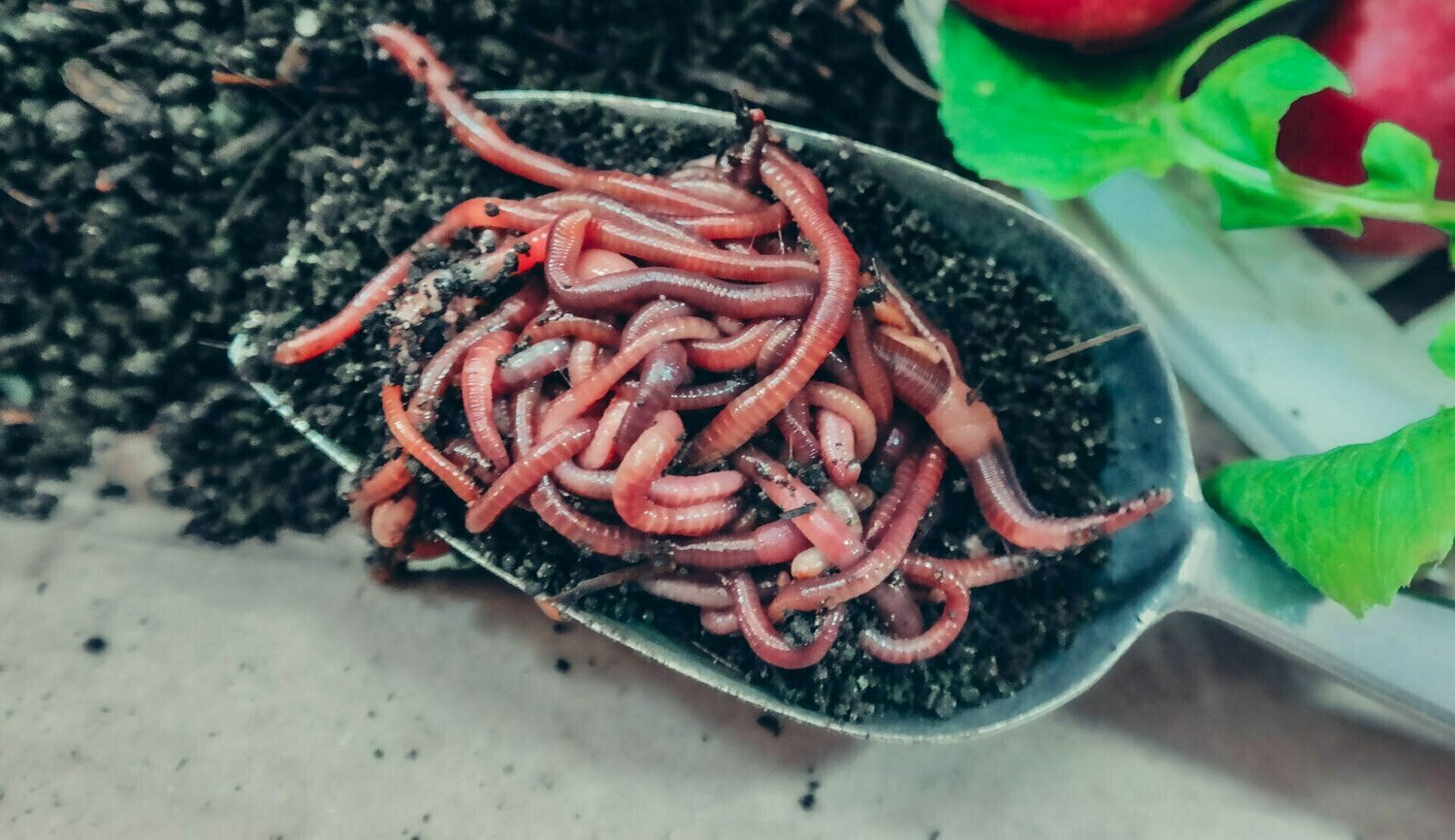Optimizing the Conveniences of Red Wiggler Worms: A Comprehensive Guidebook for Home Gardeners and Urban Farmers
In the realm of sustainable horticulture techniques, red wiggler worms stand as unrecognized heroes, silently changing organic waste into nutrient-rich spreadings that can function marvels for soil health. By checking out the intricacies of how to effectively care for and maximize the benefits of red wiggler worms, individuals can unlock a wealth of possibilities for enhancing the sustainability and efficiency of their gardening undertakings.
Understanding Red Wiggler Worms
Red Wiggler worms, renowned for their effective composting capabilities, are a species of earthworms extensively utilized in vermiculture techniques. These worms, medically called Eisenia fetida, prosper in rotting organic product, making them ideal prospects for composting (Red Wiggler Worms). Red Wigglers are starved eaters, capable of eating their own weight in natural waste daily. Their digestion process breaks down natural issue right into nutrient-rich castings, which are an important source for enhancing soil and promoting plant development.
One key characteristic of Red Wiggler worms is their reproductive price. These hermaphroditic animals possess both women and male reproductive organs, permitting them to reproduce rapidly under favorable problems. A fully grown Red Wiggler can create numerous children in a brief duration, making sure a consistent populace within a composting system.

Setting Up a Worm Bin
When developing a worm bin for vermiculture objectives, correct prep work and attention to detail are important for producing a favorable environment for Red Wiggler worms. Begin by choosing an appropriate container for your worm container.

Area the worm container in a trendy, dark place away from direct sunshine and extreme temperature levels. Regularly monitor the wetness degrees, including water if the bed linens really feels dry or half-cracked. Feed the worms a well balanced diet regimen of fruit and veggie scraps, preventing citrus fruits, onions, and spicy foods. By complying with these steps, you can establish up a flourishing worm bin that will successfully refine natural waste right into nutrient-rich vermicompost for your yard.
Feeding and Keeping Worms
Ensuring a well balanced and healthy diet plan is crucial for the wellness and productivity of Red Wiggler worms in a vermiculture system. Red Wigglers are ravenous eaters, capable of eating their own body weight in raw material daily. To preserve a growing worm populace, it is vital to provide them with a selection of food scraps such as vegetables and fruit peels, coffee premises, tea bags, and crushed eggshells. It is crucial to stay clear of feeding them citrus fruits, onions, garlic, dairy products, meat, and oily foods as these can be unsafe to the worms or cause unpleasant smells in hop over to here the container.
Correct moisture levels are likewise vital for the well-being of Red Wiggler worms. By carefully monitoring their diet plan, wetness, and ecological problems, home garden enthusiasts and city farmers can sustain a efficient and healthy and balanced Red Wiggler worm population for composting objectives.
Collecting Worm Spreadings
To effectively extract nutrient-rich worm castings from the vermicompost, a systematic harvesting process is essential for making best use of the composting advantages. The first action in collecting worm castings is to encourage the worms to migrate to one side of the container.
After the castings have actually been harvested, it is necessary to separate any kind of continuing to be worms from the spreadings to stay clear of hurting them throughout storage space or application. One effective technique is to develop cone-shaped heaps of spreadings under bright light. Worms will naturally move far from the light, enabling easy splitting up and elimination.
Lastly, the harvested worm castings need to be discover here stored in a great, dark, and completely dry place to preserve their top quality and performance as a nutrient-rich soil change. By adhering to these actions, home gardeners and metropolitan farmers can take full advantage of the advantages of red wiggler worms in their vermicomposting systems.
Utilizing Worm Castings in Gardening
The unification of nutrient-rich worm spreadings right into garden dirt can considerably boost plant growth and general dirt wellness. Worm spreadings, also recognized as vermicast, are a natural fertilizer generated by red wiggler worms as they break down raw material. These castings are rich in important nutrients like nitrogen, phosphorus, potassium, and valuable microorganisms that promote plant development and enhance dirt framework.
When using worm spreadings in gardening, it is important to mix them completely right into the dirt visite site or use them as a top dressing around plants. The slow-release nature of worm spreadings makes sure a stable supply of nutrients to plants in time, minimizing the threat of nutrient leaching and promoting lasting soil fertility. Additionally, worm spreadings assist boost dirt aeration, water retention, and microbial activity, developing a healthy setting for plant roots to thrive.

Conclusion
In verdict, the utilization of red wiggler worms in home gardening and metropolitan farming can dramatically profit soil health and wellness and plant development. By recognizing how to set up and preserve a worm container, feed the worms effectively, and harvest their nutrient-rich castings, gardeners can make best use of the benefits of these earthworms.
In the world of lasting horticulture techniques, red wiggler worms stand as unsung heroes, quietly transforming organic waste into nutrient-rich spreadings that can function marvels for dirt health and wellness.When developing a worm bin for vermiculture functions, appropriate preparation and interest to detail are necessary for developing a helpful setting for Red Wiggler worms. The initial action in collecting worm spreadings is to urge the worms to move to one side of the container. Worm castings, additionally understood as vermicast, are an all-natural fertilizer produced by red wiggler worms as they break down organic matter. By understanding exactly how to establish up and maintain a worm bin, feed the worms properly, and collect their nutrient-rich spreadings, garden enthusiasts can make the most of the benefits of these earthworms.